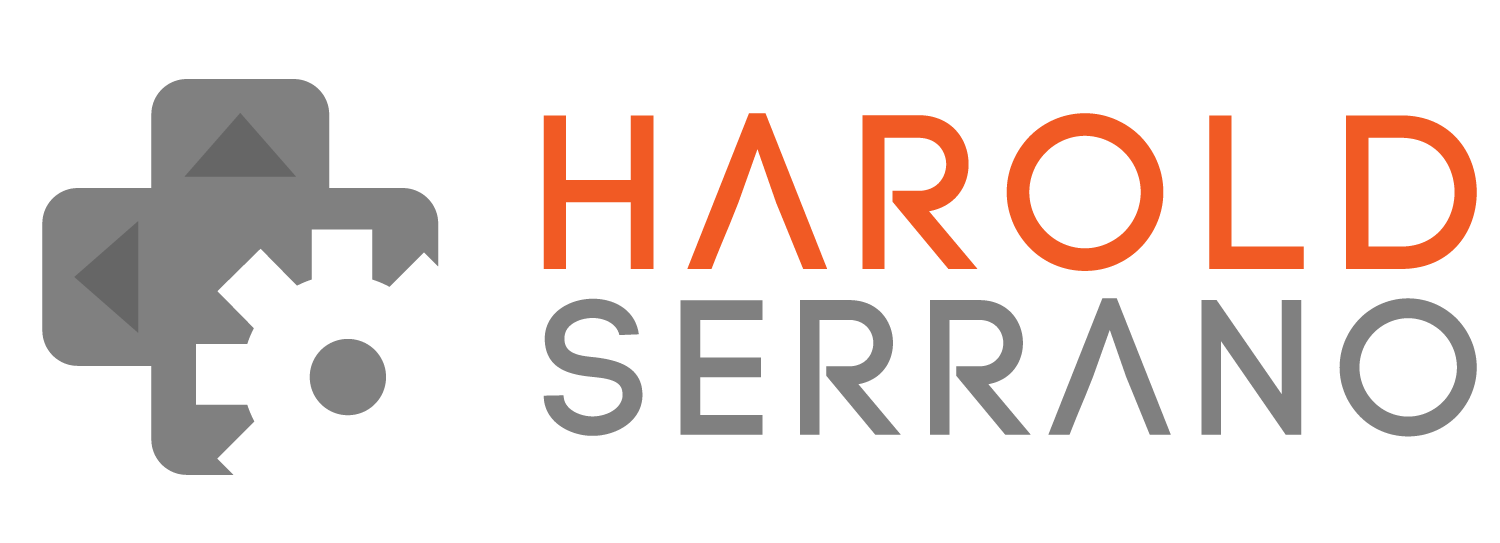To showcase the changes made in beta version v0.0.3, I decided to make a simple shooting game. Initially, the game was going to be a battle between tanks (see screenshots below). However, as I modeled the 3D game assets, it occurred to me to add an airplane and an anti-aircraft gun.
The final game demo ended up being a battle between the tank, aircraft and the anti-aircraft . Below is a video showcasing the game.
The game demo makes use of the camera rotation. The camera follows the anti-aircraft view direction, thus creating the illusion that the player is controlling the anti-aircraft gun.
The demo also makes use of the collision-detection system and scenegraph. The tank, airplane and anti-aircraft are composed of children game objects. For example, the tank is made of the tank head and the tank base. When a bullet hits the tank, the engine detects the collision. The game disassociates the tank children thus causing the tank head to move up. The same idea is implemented for the airplane.
So what is next?
I found several issues with the engine. The main issue is an occasional crash of the engine during gameplay. It seems to happen in the OpenGL Manager. I will also add several features to the engine such as graphical effects showing an explosion.
Hope to showcase these changes next year :)













